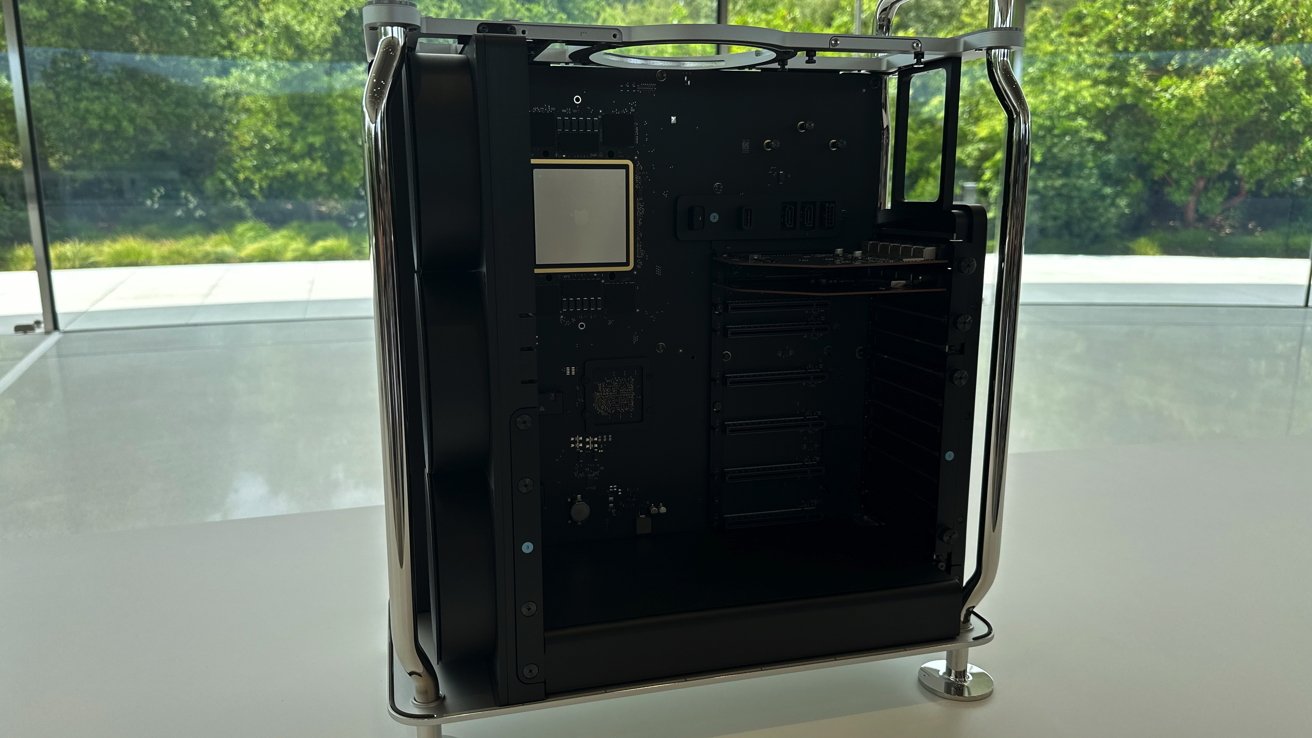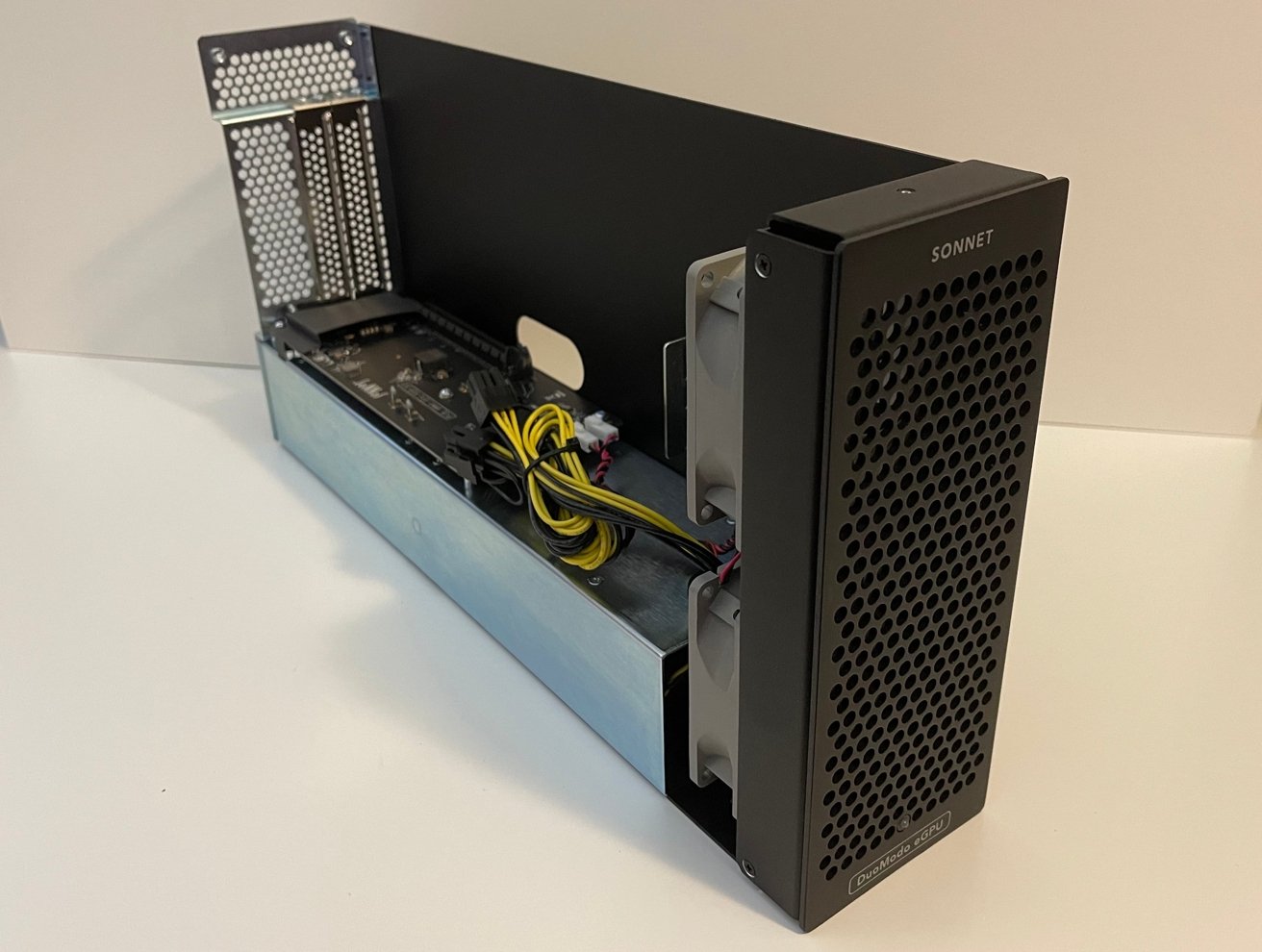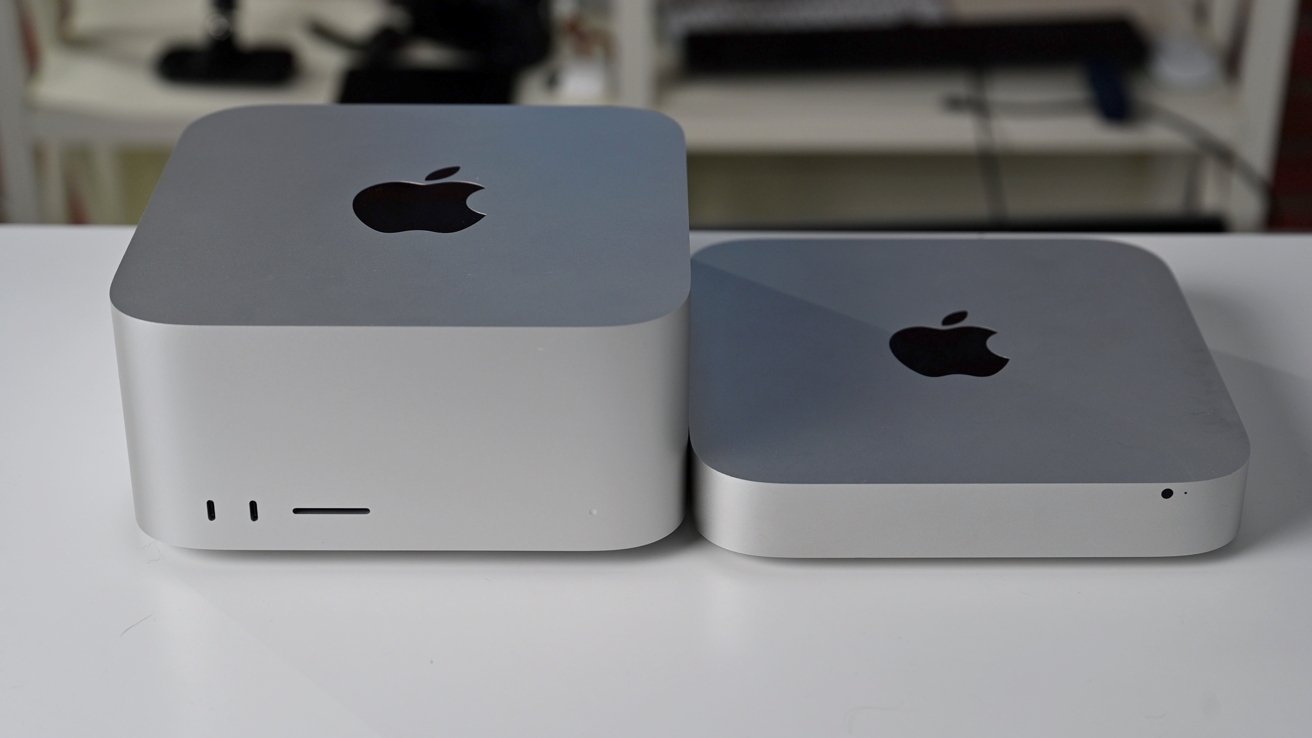The new Apple Silicon Mac Pro badly misses the mark for most of the target market
The Apple Silicon Mac Pro is here two and a half years after the shift from Intel began, but it looks like the company only did it to say that they had.
-xl.jpg)
Apple Silicon Mac Pro still looks the same as the Intel one.
So, it's been a few days since the omnibus Apple WWDC keynote. Just about every year, there are rumors that a wide swathe of Apple's product line -- particularly Macs -- will get updated.
This was the first year in a long time that happened. But, those announcements were little more than a preamble to the Apple Vision Pro announcement.
Right after the consumer-focused 15-inch MacBook Air, and the "pro"-centric Mac Studio, Apple announced the end of the shift to Apple Silicon in the new Mac Pro.
What we got from the Apple Silicon Mac Pro, in summary, was this.
- M2 Ultra processor, promised to be fast and well-cooled
- Soldered-in 64 GB of RAM, with the max at 192GB
- Vague promises about the equivalent of seven Afterburner cards on the chip
- 1TB of SSD space, with up to 8TB available through Apple
- Six full-length PCI-E fourth generation slots
- Wi-fi 6E
- More expensive wheels
- And it's quieter than the Intel version
And all this for $6999, $1000 more than the Intel version.
Gone this year is the upgradeable RAM. And, the maximum amount of RAM is less. But don't worry -- Apple says it's enough to run large language models if you max it out at the time of purchase.
Also gone is the ability to support Radeon PCI-E video cards, and that's a baffling removal. Apple doesn't even have MPX modules for it, and even that slot is gone.

No MPX, all PCI-E gen 4
As it stands, the M2 Ultra processor in the core Apple Silicon Mac Pro will deliver right around 185,000 on Geekbench 6, based on extrapolation from Apple's tech specs for the chip with a bonus for better cooling. That puts it right around the AMD Radeon Pro W6800X.
And, it, and the Mac Studio for half the price, will only ever deliver just that. There's no way to get better Metal performance with an add-on.
It also puts it far lower than the Radeon RX 6900XT that's available at retail. That delivers about 230,000 on Geekbench 6. Intel Mac Pro tower owners can jam four of these cards in, with slower PCI-E slots to spare.
The up-gunned Mac Pro looks like it will deliver about 215,000 on Geekbench's Metal testing. That's still less than the Radeon PCI-E card in a PCI-E 3.0 slot in the Intel Mac Pro.
The reasons why for this are complex. It's not just about drivers -- Apple has decided that it didn't need a way for the Apple Silicon processor to talk to an external graphics card, at all, under any circumstances.
It seems unlikely that they'll retrofit this.
What the Pros think
I've spent a few days talking to my contacts across a few industries. Nobody's really impressed.
The music industry folks I talked to are mostly sticking with their 2019 Mac Pro, and a few stalwarts are hanging on to their 5,1 Mac Pro towers for a few more years. The ancient Mac Pros in the studio or on the road don't connect to the internet, so they're not too worried about a lack of security updates.
My Department of Defense folks that used to use Mac Pros are using the Mac Studio now for the most part, with a PCI-E breakout box or two. They have no intentions of shifting, even though they effectively have a spigot of hot and cold running cash to draw from for research or projects.
In every case, the lack of PCI-E GPU support is the killing factor for the new Mac Pro for these folks that all have buckets of money to throw at a problem, if the lack of upgradeable RAM didn't turn them off before they got there.
No video cards, but still PCI-E
Like I said earlier, if you had one of those MPX modules for increased storage, that's too bad. You're out of luck.
There is still a need for PCI-E cards in media production. There are capture cards for many source of audio or video, there are cards for more storage, more USB, and so much more.
The Intel Mac pro is being used by music producers, I've seen it backstage at shows of all kinds. There's a need for it in science of all aspects, and so forth. Obviously, think massive calculational loads, not emails or surfing-primary users unless for a fashion statement.
But today, there are better options. I'm in the process of wrapping up a review of a Sonnet rack-mount for a Mac Studio, which is oddly prescient. The xMac Studio Pro will, for about $1100, hold a Mac Studio for $1999 or $3499 at full retail, depending on processor, and allow for a PCI-E card.
There's also Sonnet's DuoModo system that we've reviewed before, that can provide three PCI-E cards in one enclosure. Alternatively, that old Thunderbolt eGPU enclosure that Apple said in 2016 was the future can handle any of these cards as well, albeit with a 32 gigabit per second cap, versus up to eight times that on a x16 fourth-generation PCI-E slot.

The DuoModo eGPU Module can easily accommodate just about any PCI-E card on the market.
And, all of this, even with a M2 Ultra Mac Studio, still comes in well under the price of the core Mac Pro.
Apple Silicon is great, but the Mac Pro with it is not
Apple Silicon has been great for Apple, and the Mac faithful. It's got industry-leading computing grunt to power consumption, and it does it all quietly and in a very cool package. No more lap-singeing MacBook Pros!
It's restored pricing at the low-end that hasn't been seen in a long time. It's also broken the shackles of promises Intel made for years that led to engineering choices that couldn't handle the heat as well as they should have been able to when the chips that fell short of those lofty goals were delivered.

Mac Studio next to a Mac mini
The Mac Studio and M2 Pro Mac mini are amazing machines. They're both powerful and reasonably affordable for the market segment that needs them. The 14- and 16-inch MacBook Pro are some of the best portable Macs ever made -- but I will admit still having a soft spot for my PowerBook 540c to this day.
The Apple Silicon Mac Pro falls short of these lofty heights. It's not close.
As it stands, it is a computing appliance. A set-and-forget computer is fine for most of the Mac-using public, but it is very not fine for the target market for this computer.
Apple once had a Pro-centric team that it consulted for the iMac Pro, and it used them again for the Mac Pro reboot in 2019. I don't think that they talked to them at all for the new one, based on what Apple released.
Maybe that focus group will get together for a M3 or M4 Ultra Mac Pro. But, I'm not holding my breath.
Read on AppleInsider

Comments
I think Apple has once again drawn a line in the sand
making it clear they are OK with true power users having to use PC’s. Apple is just bored by and unserious about truly high end computing. I’m guessing they are OK with folks with extreme use cases moving to commodity Windows machines.
As an investor, I would start buying up unopened Macs from a few years ago and putting them into storage. They will never be as good again.
Apple Silicon does not. All video work must be done on-die.
Apple has transitioned to a system on a chip model that limits expandability. Frankly, it does a great job for the vast majority of the market. This design vastly increases performance, but places limits on total RAM and external graphics. By having the CPU and GPU share the same memory, you reduce time wasted moving data between the two. By having that RAM onboard, and not in an external slot, memory access speeds are greatly reduced. If you move to off chip socketed memory, or an external GPU with dedicated memory, you lose a lot of the benefit of the Apple Silicon architecture. Yes, you could have a Mac Pro with more memory than a Mac Studio, but it wouldn't run as fast.
I am not saying that Apple couldn't design a CPU that efficiently supports socketed RAM and external GPU, but it may not make business sense for them to design a new architecture for such a small market segment.
I’d guess that they would have liked to do more with AS Mac Pro, but for whatever reason were not able to get it done this year. Hopefully they will keep pushing forward. From taking a year longer than their 2 year transition goal, to failing to deliver the planned Jade 4C “Extreme” SoC in both M1 and M2 generations, seems like they really hit some roadblocks from their original intent. I highly doubt they would have given 2019 Mac Pro such dramatically better expansion capabilities if they knew they wouldn’t be able to maintain that level of performance after Apple Silicon transition.
One has to suspect the ongoing brain drain on the Apple Silicon design team is part of these stumbles. Let’s hope Srouji gets the big Mac back on track, and their patented multi-GPU tech comes to light soon!
Thanks for the links to the other AI articles to provide evidence of what Apple might hope to achieve with the Mac Pro and the possible reason why only so much progress has been made.
As much as I would like to see a more versatile and expandable Mac Pro, the fact is that one of the reasons I wanted this was for the horsepower to play back very large format video files out of 4 to 8 4K display outputs. Now we see that the Mac Pro can do this without the need for GPU expansion cards, so yay... However, if no expansion card needed, guess what? -- the Mac Studio M2 Ultra can do this too (and is much less expensive).
The current M2 Ultra's GPU performance and physical display outputs will be enough for a good number of users and that while providing additional expansion capabilities is important, Apple has bought the time to figure it out. In the meantime, at least users that need non-GPU cards (don't forget about those SSD expansion cards) have something to work with.